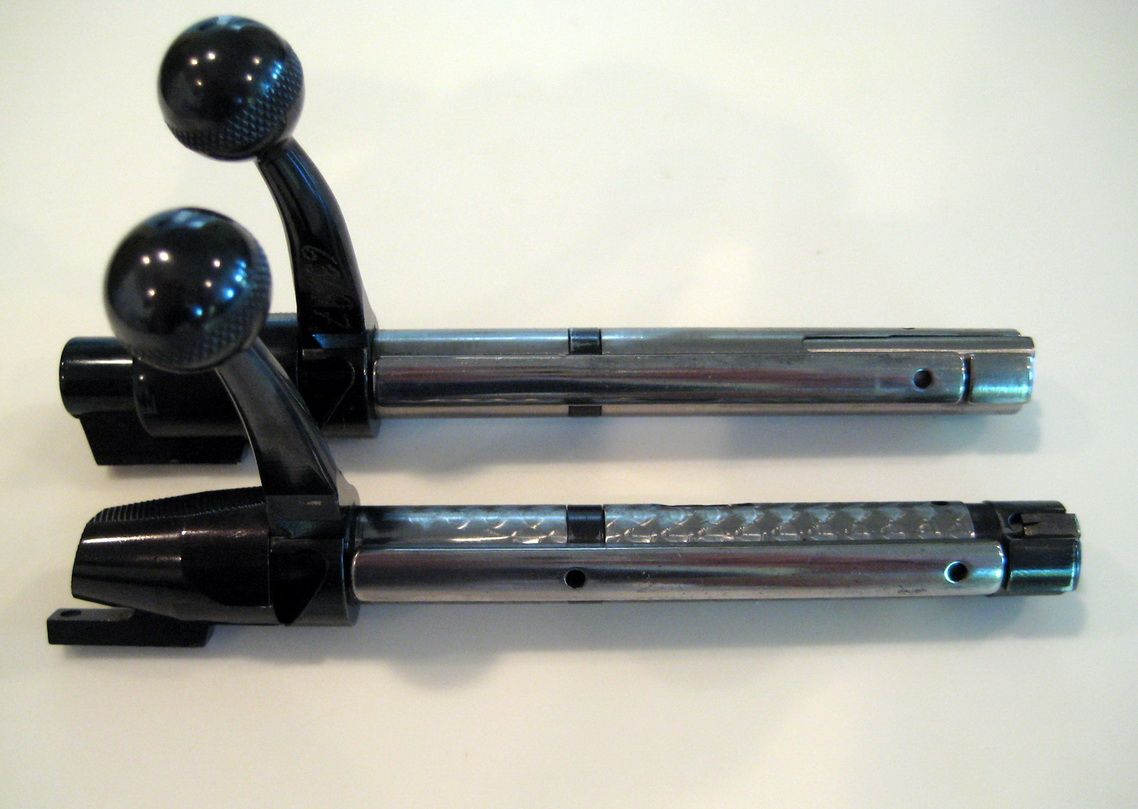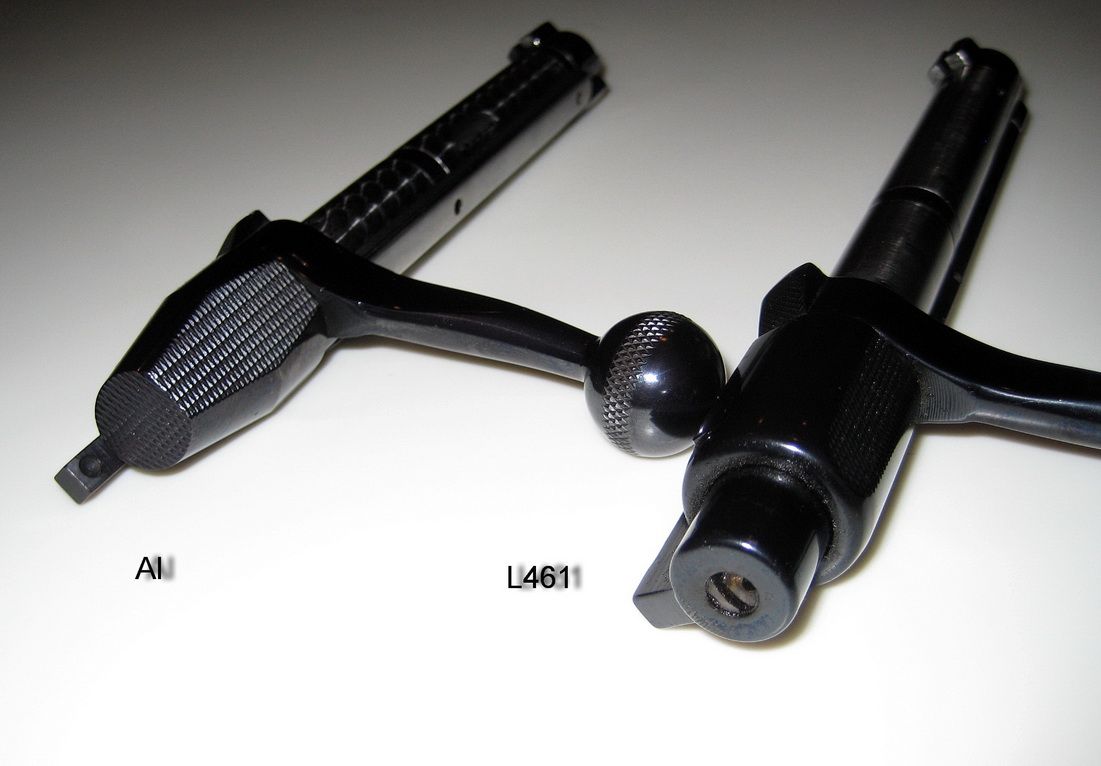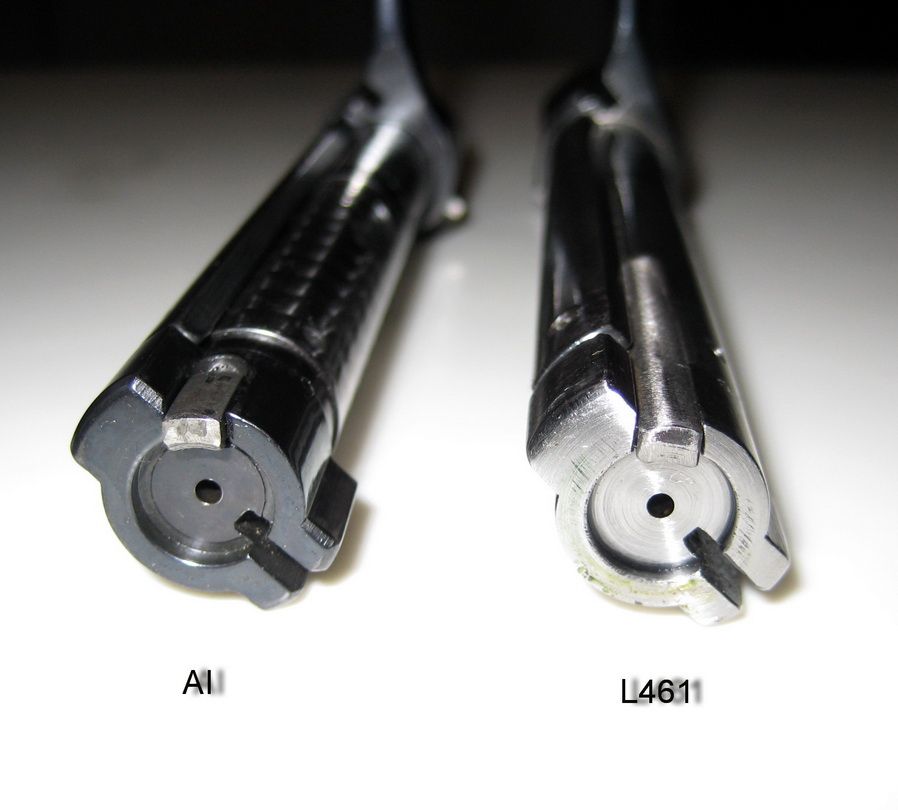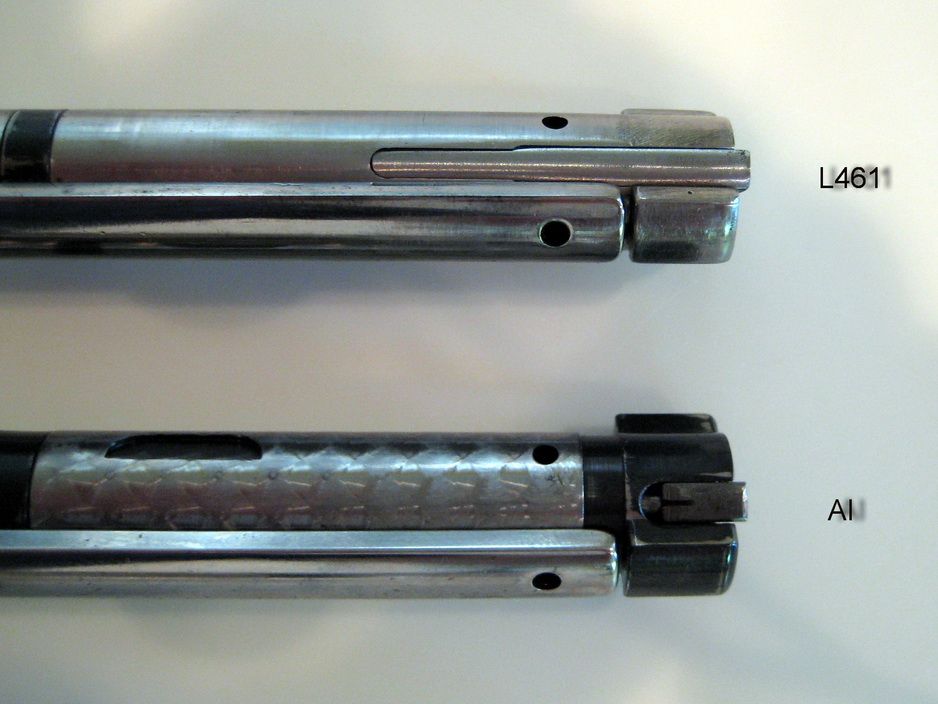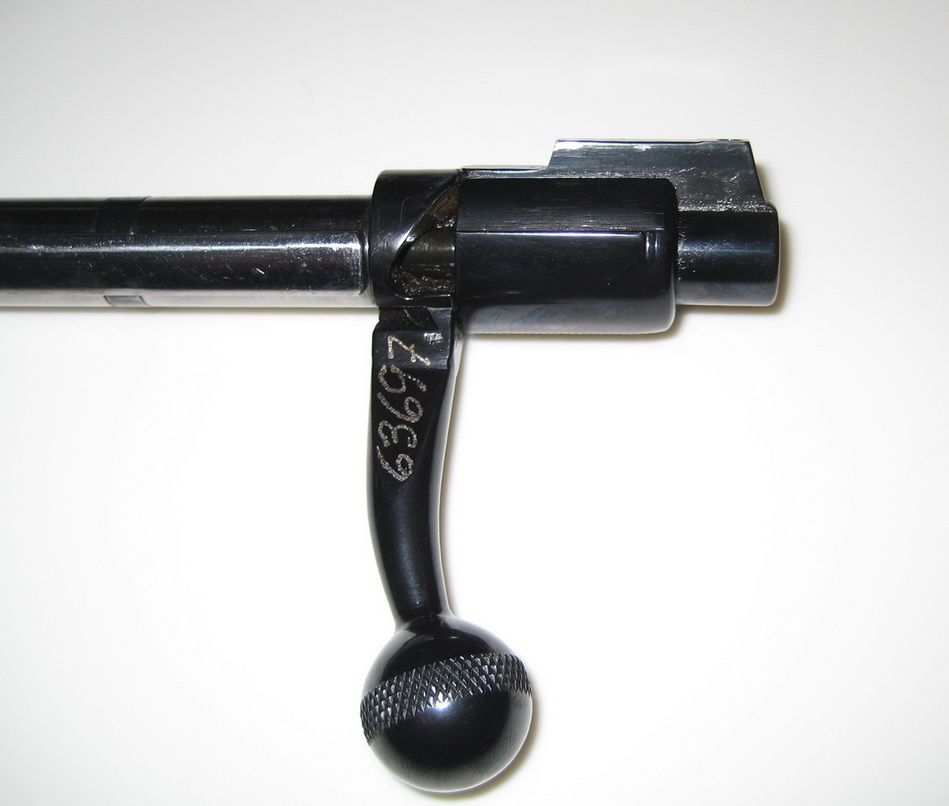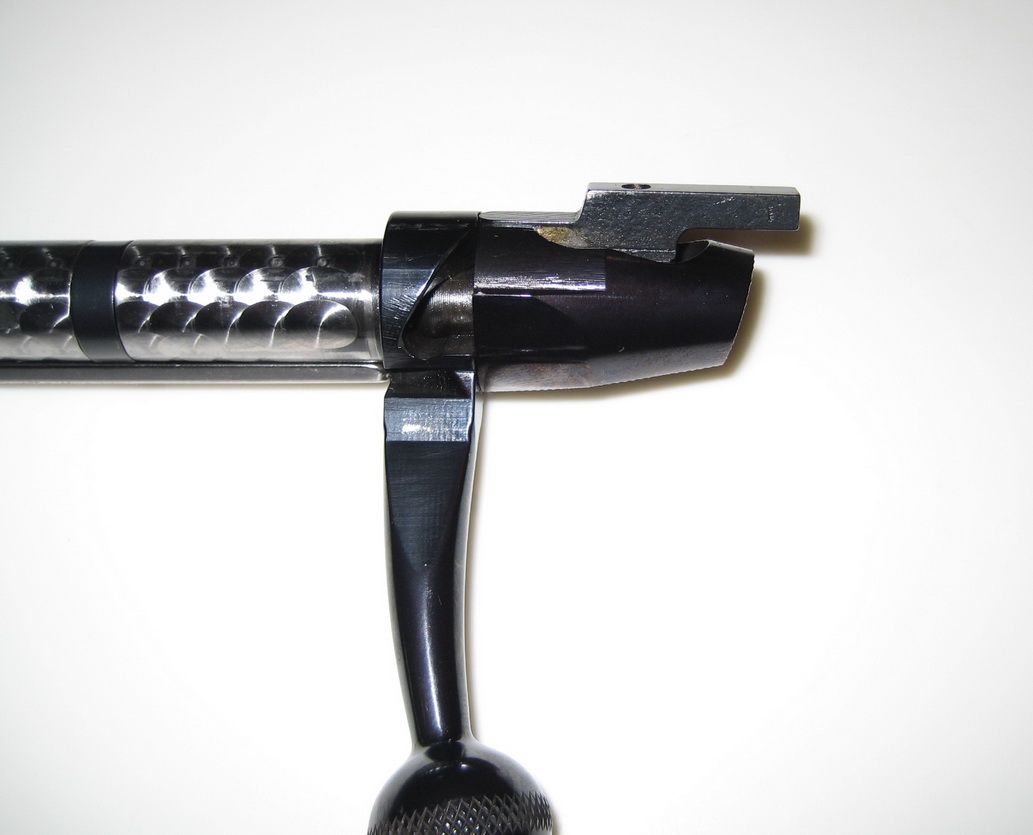South Pender
Well-Known Member
'I'm curious about what the improvements have been in various Sako actions. To make this query answerable, let's consider the transition from the L461 and L579 actions to the AI and AII actions. Clearly the fully-shrouded bolt sleeve was an improvement--from a safety standpoint anyway--but were there other noteworthy improvements (and I mean real improvements, not just changes)? As just one example, was the striker-fall shortened, resulting in faster lock-time? Were the triggers noticeably better? Let's just focus on the actions, ignoring the barrels and stocks.


